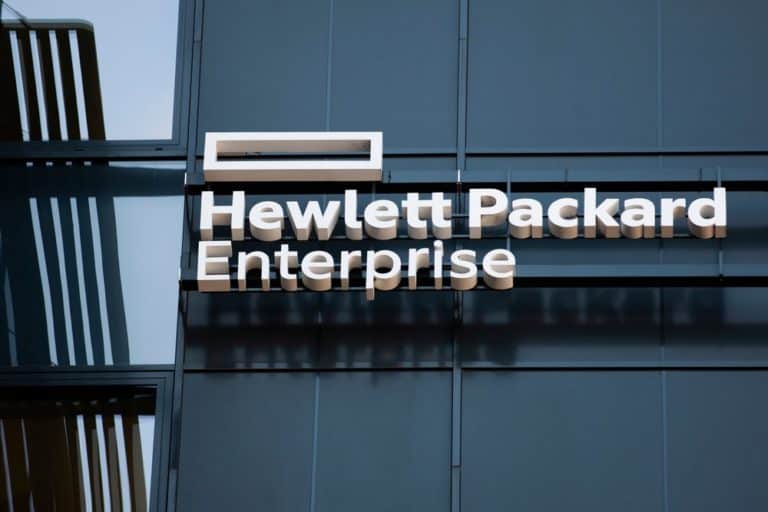NASA is going to use an HPE supercomputer to land people on the moon again in 2024. In a press release, HPE states that the supercomputer should run workloads for models and simulations. These are intended to investigate and prepare certain phases of the lunar landing process.
The supercomputer is called Aitken, named after the famous American astronomer Robert Grant Aitken. He specialized in research on binary stars. The supercomputer is part of a collaboration between HPE and NASA’s Ames research centre. The four-year collaboration is in turn part of NASA’s Artemis program, which will eventually see people land on the moon for the first time since 1972.
Aitken is based on the SGI 8600 supercomputer from HPE, with a maximum performance of 3.69 petaflops. In other words, this means that the supercomputer can perform about 3.69 billion calculations per second. Aitken also has 1150 server nodes, a total of 46,080 computing cores and a memory of 221 TB. The processors used are the scalable second-generation Intel Xeon processors. The supercomputer also has an economical water cooling system that, according to HPE, drastically reduces NASA’s energy and water requirements.
Cooperation between HPE and NASA
Aitken will be used in a new part of the Ames centre, the first of a series of 16 supercomputers that can eventually go into more than 59.9 petaflops to provide computing power for researchers, reports SiliconAngle. It may well be that HPE will also be involved in future deals with NASA.
“HPE has a long-standing partnership with NASA Ames and together we are building on innovative HPC technologies to drive discoveries in science and space. We are honored to have designed the new Aitken supercomputer and energy capacities for humanity’s next mission to the moon.” says Bill Mannel, vice president of high-performance computing & artificial intelligence at HPE.
This news article was automatically translated from Dutch to give Techzine.eu a head start. All news articles after September 1, 2019 are written in native English and NOT translated. All our background stories are written in native English as well. For more information read our launch article.